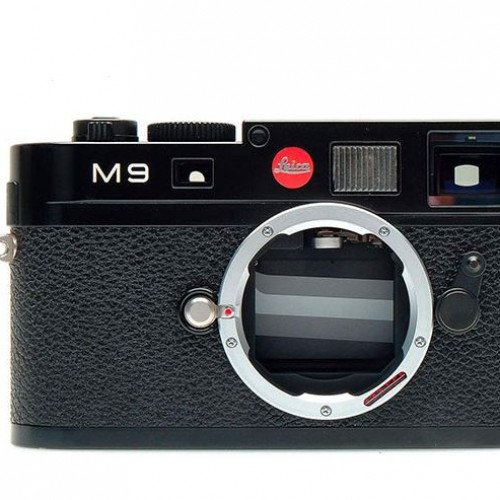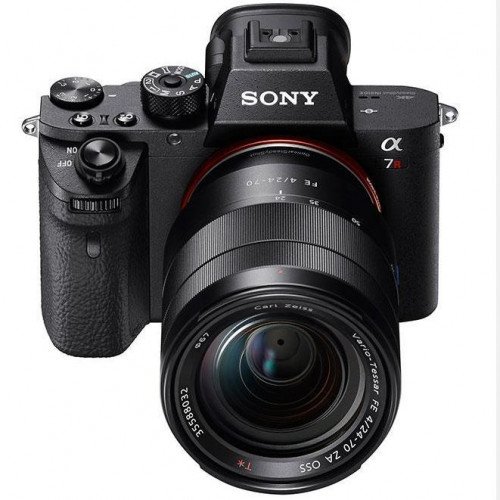Leica M9, 2009 vs Sony A7R II, 2015

Leica M9, 2009
Produced from September 2009 to July 2012, the Leica M9 is and always will be the first full-frame digital Leica M. And though this 18.5MP classic has since been surpassed by the subsequent Leica M type 240 and the latest M10, it’s still capable of impressive performance. Its superb 0.68x range-viewfinder automatically displays 6 parallax-compensating frame-lines in pairs depending on which lens you attach, 35 and 135 mm, 28 and 90 mm, or 50 and 75 mm. Any of the paired bright-line frames can be displayed via the frame-selector lever. It provides metered manual exposure, and aperture-priority TTL auto-exposure with center-weighted or averaging pattern, has ISO settings 80-2500, a 2.5-inch, 230,000-pixel LCD, and a vertical travel metal focal plane shutter with speeds on 32-1/4000 sec. Perhaps the best thing about the M9 is that it accepts virtually the full range of Leica M lenses, widely acclaimed as the best in the world.
Statistics for this Xoptio

Sony A7R II, 2015
At the time of its release, the full-frame A7R II had the the largest back-illuminated CMOS sensor of any camera on the market, and at 42.4MP it also set the standard for highest resolution in its class. Other pro-aimed features: a 3.0-inch, 1,228k-dot tilting LCD monitor plus a 2.36 M-dot XGA OLED Tru-Finder EVF, a 399-point AF system, an advanced BIONZ X image processor, sensitivity settings to ISO 102,400, a maximum full-res burst rate of 5 fps, shutter speeds 30-1/8000 sec, 4K UHD video recording capability at 30 or 24 fps in XAVC S format plus S-Log2 Gamma, a built-in 5-axis SteadtShot image stabilzation system that compensates for vertical, horizontal, pitch, yaw, and roll movements, and Wi-Fi connectivity with NFC. All this and more are housed in a robust dust- and moisture-sealed body with a magnesium alloy top cover and a high-strength metal lens mount. The A7R II’s impressive performance and specs helped position Sony as a top-tier choice among pro photgraphers.